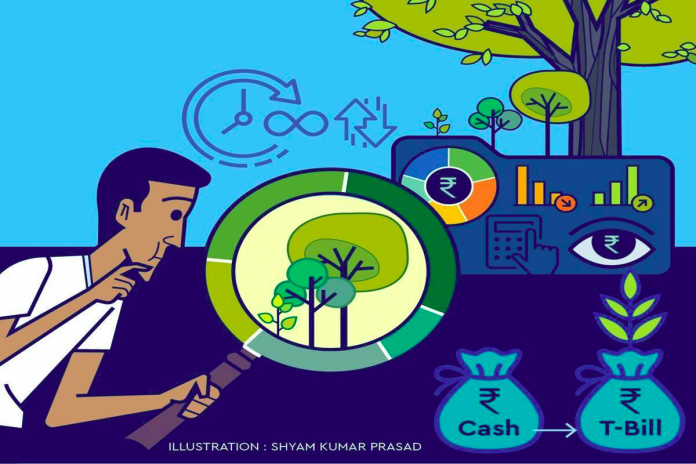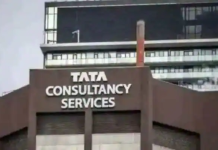This is the ideal time to calmly walk through your portfolio, perform a risk assessment, make a sensible portfolio adjustment and keep the excess cash at an appropriate asset class
Before the Covid-19 pandemic it was possible to examine high-growth companies and check the valuations. But now every stock looks expensive on most of the parameters which investors normally use. Given the situation, how can investors get ready for the next leg of journey in terms of shielding their portfolio?
Conduct portfolio risk assessment
The greatest risk is not in the exposure to any one company but to them as a group. Many investors might have purchased high growth small cap shares. Generally, one should not have more than 10% of their portfolio in speculative opportunities. If you have more than that it is the time to assess the risk and re-allocate your portfolio. Consider the business risk and financial risk of each company that you hold and compare the same with the share price. Ask yourself whether you are comfortable with the overall level of exposure.
Check your portfolio allocation
The magnitude of gains in the recent past has been breathtaking. This could lead to over-confidence and unrealistic expectations. With so many companies rising quickly, check the portfolio allocation into sectors such as healthcare, logistics, automobiles, etc., as these sectors have risen dramatically. Investors should check if they have a sensible weighting in the overall portfolio. It is up to you and your risk bearing capacity whether to hold a substantial portion in a handful shares. But make sure that you are making this choice knowingly and with full information.
Watch out for correlated risk
Banking, financial services and insurance sectors are heavily exposed to interest rate risk and other allied macro-economic factors. By totalling your exposure to such sectors, you will be in a position to assess whether your risk is tolerable. Of course, one can make similar arguments for other sectors such as consumer discretionary, health care, etc., but banking and finance is a key sector for many investors and thus it requires a special attention. Investors should check for sectors which are positively correlated in their portfolio and try to trim down those sectors in order to avoid the risk.
Park excess cash wisely
The above suggestions might lead to reduction in the number of shares in your portfolio or profit booking to reduce your allocation to individual shares. This will lead to other issues—what to do with the cash. Having a substantial portion of cash in your portfolio is not a prudent idea as it affects your long-term returns. You should consider options like treasury bills which will provide decent yield and protection until you find a better opportunity for buying.
To conclude, it is the ideal time to calmly walk through your portfolio, perform a risk assessment, make a sensible portfolio adjustment and keep the excess cash at an appropriate asset class. The above steps will help you to put a mask on your portfolio so that you could prepare for the next leg of the investment journey.















